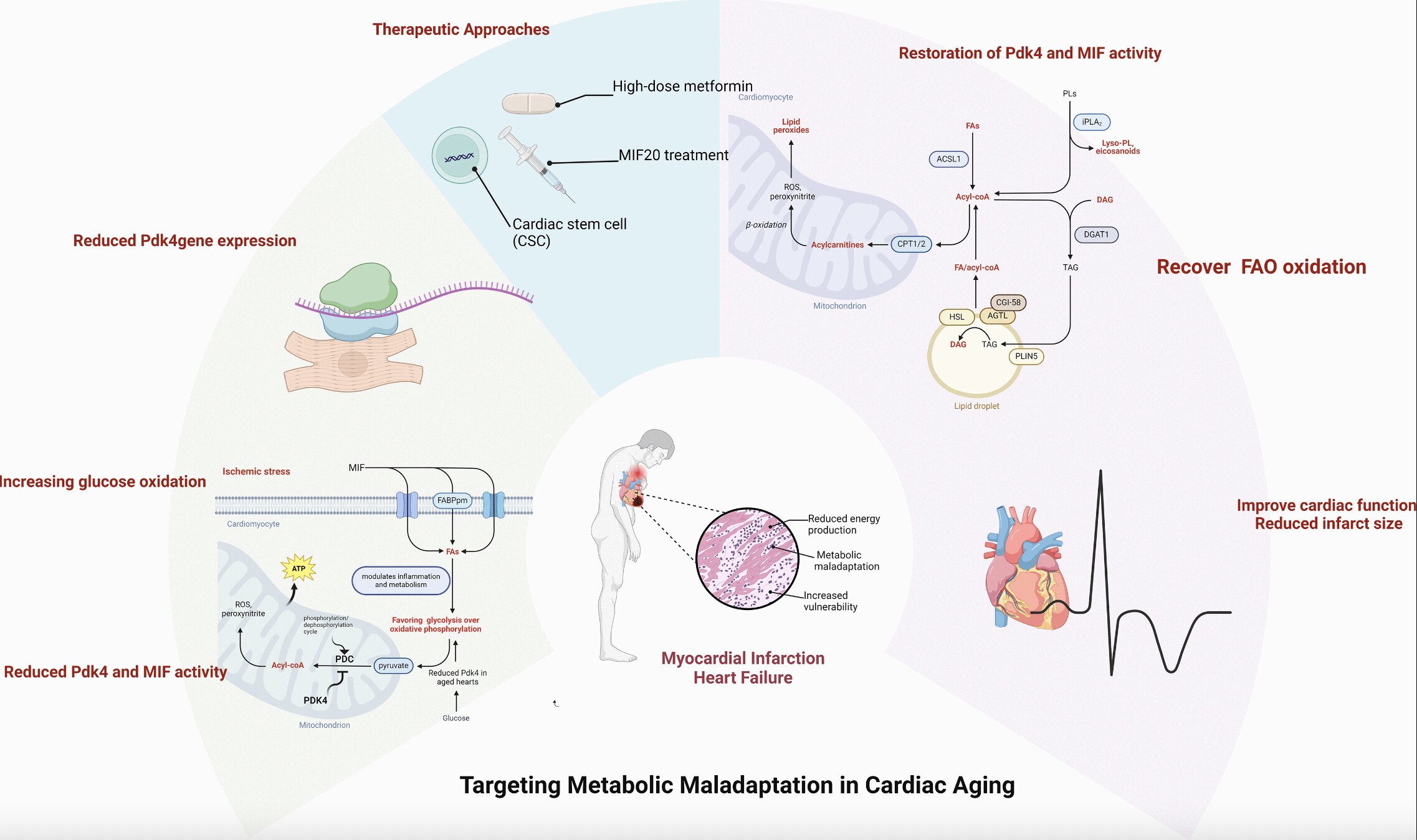
The incidence of stroke continues to increase for adults and children living with sickle cell disease (SCD), despite the Stroke Prevention Trial in Sickle Cell Anemia (STOP) establishing standards of care like transfusions and tests to measure blood flow in the brain for those deemed high-risk, according to a study published in Blood.
Individuals living with SCD, the most common inherited red blood cell disorder in the United States, are especially susceptible to cerebrovascular events (CVEs). This includes ischemic or hemorrhagic strokes, when a blood vessel leading to the brain is either blocked by a blood clot or bursts, and transient ischemic attacks (TIAs), when a blood clot temporarily blocks a blood vessel leading to the brain but does not cause long-term damage.
STOP, a landmark clinical trial published in 1998, demonstrated that chronic red blood cell transfusions effectively decreased the incidence of cerebrovascular events (CVEs)—such as strokes—in high-risk children with SCD identified by abnormal blood flow as measured by a Transcranial Doppler (TCD) testing, a type of brain ultrasound.
In a real-world, population-based study, Dr. Ted Wun, MD, associate dean for clinical and translational research at the University of California Davis School of Medicine, and his team found that the risk of stroke increased with age, doubling for every 20 years of age.
“As hematologists, our training emphasizes that the risk of stroke is highest in young children, but I think that has resulted in far less attention being paid to adult patients,” said Dr. Wun, the study’s senior author. “There’s very little data on [stroke in adults living with SCD], so we just extrapolate what happens in children to adults, but we don’t know if that’s appropriate or not—if the TCD value cutoffs in children can apply to adults, if TCD works in adult patients and we just don’t do it.”
The researchers used data from California’s Emergency Department Utilization (2005–2019) and Patient Discharge Data hospitalization (1991–2019) databases to identify 7,636 patients with a diagnosis of SCD. Of these patients, 733 (9.6%) had experienced at least one CVE, defined as an ischemic stroke, hemorrhagic stroke, or TIA, with prevalences of 451 (5.9%), 227 (3%), and 205 (2.7%), respectively. CVEs were more common in women and patients hospitalized three or more times per year.
The cumulative incidence of hemorrhagic stroke increased 13-fold from age 20 to age 60. Additionally, despite a two-year decline in CVEs following the publication of the STOP study, the highest rates of all CVEs occurred across all age groups in the most recent decade, 2010–2019.
“Even in children, who probably get the best care for patients with SCD in this country, these trends are opposite of what we would hope,” said Dr. Wun. “Based on these results, it appears that STOP guidelines haven’t been effectively implemented.”
Dr. Wun and his team hypothesized that the increase in strokes post-STOP could be due to decreasing adherence to the TCD screening guidelines, improved technology to diagnose ischemic strokes, low rates of blood transfusion therapy, or low usage of hydroxyurea, a drug commonly used to decrease the likelihood of blood cells developing a sickle shape.
The researchers also looked at modifiable risk factors for stroke and found that factors increasing the risk of ischemic stroke included frequent hospitalization, high blood pressure, high cholesterol, and a prior TIA. However, patients exhibiting risk factors such as acute chest syndrome, liver failure, and prior ischemic stroke were more likely to suffer a hemorrhagic stroke.
These updated details on modifiable risk factors of stroke “emphasize the need to pay attention to screenings for high cholesterol, high blood pressure, and other risk factors in adults,” said Olubusola Oluwole, MD, assistant professor at the University of Pittsburgh and study first author.
“The preventive steps that we know help prevent stroke in the general population are just as important for people living with SCD,” added Dr. Wun, especially as people with SCD live longer and their risk of stroke increases.
The study had several limitations, including a lack of reliable data on tobacco use, which increases the risk of stroke, and SCD genotype. Additionally, the authors did not have access to imaging reports and could not radiographically confirm a stroke diagnosis. Furthermore, the rate of CVEs in patients in California may be underestimated if patients had a stroke outside of the state, died of stroke prior to hospitalization, or if TIA symptoms were managed at home.
The researchers hope this study will stimulate more interventional and prospective studies on stroke and SCD in adults.
More information:
Blood (2024).
Citation:
Stroke rates increasing in individuals living with sickle cell disease despite treatment guidelines: Study (2024, September 20)
retrieved 21 September 2024
from https://medicalxpress.com/news/2024-09-individuals-sickle-cell-disease-treatment.html
This document is subject to copyright. Apart from any fair dealing for the purpose of private study or research, no
part may be reproduced without the written permission. The content is provided for information purposes only.


